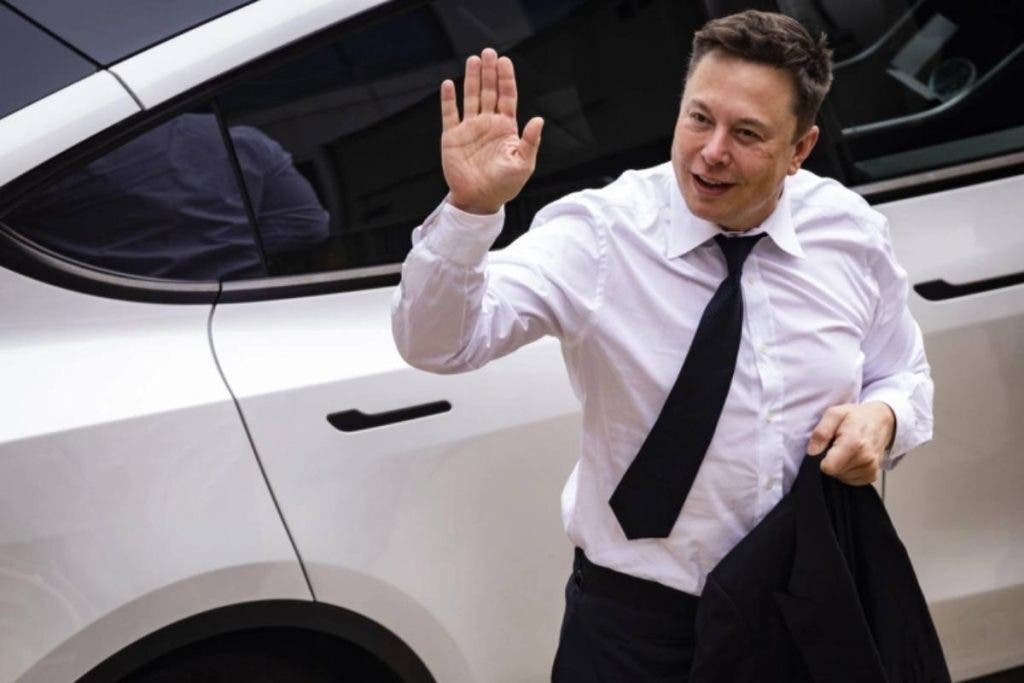
10 Intriguing Facts About Elon Musk
Published on April 26, 2022 at 4:00 PM by Chisomo Kambale
If there’s such a thing as a real-life Batman or Iron Man, it could be Elon Musk.
And if there’s a flesh-and-blood Lex Luthor, well, that might be Musk, too.
This uber-intelligent 49-year-old South African isn’t just one of the richest people on Earth, he’s a forward-thinking futurist made for the millennium according to Forbes Magazine.
Musk has always been a man in a hurry. He taught himself computer programming as a kid and at the age of 17, he moved all the way to Canada for university before heading south to Pennsylvania to get his economics degree.
After that, he decided to pursue a Ph.D. in applied physics
But grad school wasn’t really Musk’s thing. So instead, he founded his first tech company, which made him a millionaire by age 28.
Then he started another company, and another, amassing millions and then billions of dollars in wealth along the way.
Robert Downey Jr. has said he based his “Iron Man” movie character Tony Stark on Musk.
But money arguably isn’t Musk’s primary motivation. He says he wants to evolve the human race. He envisions a future with high-efficiency mass transportation, electric cars, and super-efficient sustainable energy production.
He also blasts his engineering concepts right into outer space, and ultimately, perhaps one day even to Mars. And he’s on his way to making some of those dreams a reality.
In April 2021, NASA chose SpaceX’s Orion spacecraft to take next the American astronauts to the moon.
The SpaceX Falcon 9 Crew Dragon also sent astronauts to space from the U.S. on Nov. 15, 2020, the first time since the end of the shuttle era.
And the Starship SN15 prototype rocket, which SpaceX is developing to launch people and cargo to the moon, had a successful high-altitude test flight and landed on May 5, 2021, which was historic, to say the least.
But while his rocketing professional life seems otherworldly, Musk’s tempestuous personal life makes him seem less than superhuman. His rocky relationships and tragedies are as convoluted and messy. Not to mention his penchant for saying controversial things in person and on Twitter.
Make no mistake, this conceiver of Hyperloops and reusable rockets is anything but typical. Here are 10 fascinating facts about this mortal manifestation of Iron Man.
10: A Boy Raised by Books
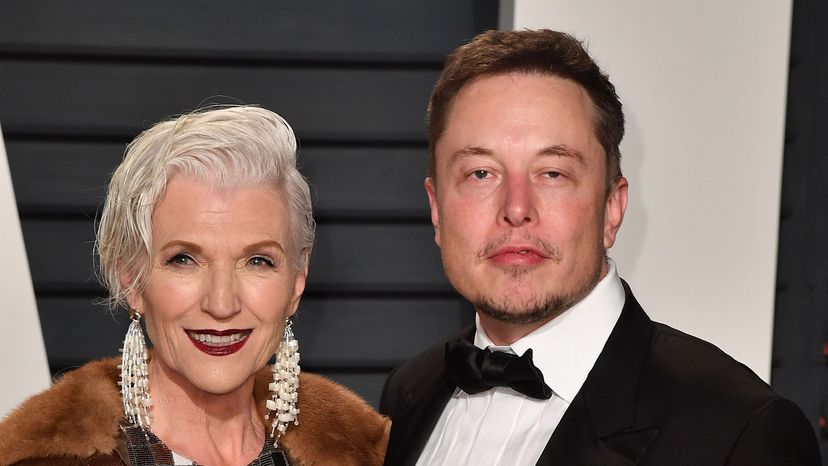
Born in South Africa, Musk is the offspring of Maye, a Canadian nutritionist and model, and Errol, a South African engineer. His parents, however, rarely did much parenting, instead of leaving basic child-rearing to a housekeeper. The man himself says that books, stacks, and stacks of them, were his constant companions as a child.
After his parents divorced in 1980, his brother and sister chose to remain with his mother, while Musk stayed with his father. Later, he realized that his dad was a “terrible human being,” one with a reputation for ruthlessness. Errol Musk had shot three intruders dead in self-defense and was acquitted of manslaughter. He also fathered a child with his own step-daughter. In spite of his personal shortcomings, Elon’s father was also a good engineer, one who passed along many fundamental lessons on electricity, construction, and science to his young son.
At the age of 12, Musk programmed his own computer game, called Blastar, which he sold to a computer magazine for a few hundred dollars. That set the tone for much of his future professional life.
Until his teens, the boy’s small size and introverted nature made him a target for bullying; once he was beaten so badly he was rendered unconscious. The bullying only stopped when he learned to fight back. It’s no wonder, then, that he fled South Africa (in part to dodge mandatory military service in a country split by apartheid) for university in Canada at 17. And that’s when he began to blossom in incredible ways.
9: College Dropout to Millionaire
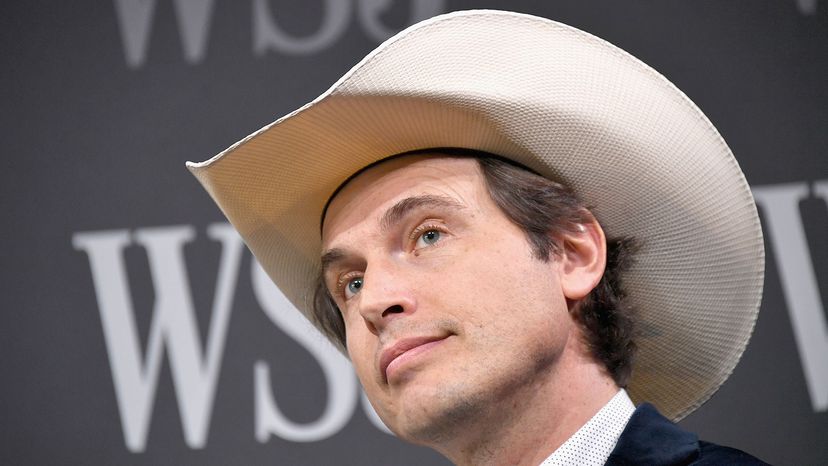
Musk earned degrees in economics and physics from the University of Pennsylvania, which he paid for by turning his rented 10-bedroom frat house into a nightclub on weekends. In 1995, he traveled to Stanford University in California to chase a Ph.D. in applied physics, but after just two days, he dropped out of his classes to become an entrepreneur instead.
That same year, he and his brother Kimbal created Global Link Information Network, which provided online city guides to newspapers like the Chicago Tribune and The New York Times. These guides functioned like internet versions of the yellow pages. Although his father claims the money to start this company came from him, Musk says that it actually was from a group of angel investors.
At first, life was anything but glamorous, as the brothers essentially lived in their office in order to keep their expenses as low as possible. Reminiscing on those days, Musk told USC graduates in a 2014 commencement speech, “We showered at the YMCA and we were so hard-up that we only had one computer. The website was up to during the day and I was coding it night, seven days a week, all the time”.
Global Link was later renamed Zip2 and became a big success. In 1999, Compaq Computers saw so much potential that it bought the company for $300 million. Musk’s share of the sale came to $20 million, plenty of seed money for his next, bigger idea.
8: Charter Member of The ‘PayPal Mafia’

A millionaire at just 28, Musk used money from the sale of Zip2 to found X.com, one of the world’s first online banks, in 1999. The service enabled a variety of financial tools, including payment without a credit card.
Because X.com was perceived by some as an adult-themed website, Musk changed the name of this company to PayPal.com after it merged with rival Confinity. The new company doubled down on offering money transfer services via email and the web, and the business grew.
But during a disagreement over the technical aspects of PayPal (he wanted to move the service to Windows from Linux), Musk was forced out of his position as CEO. He did remain on the board, however, so when eBay bought PayPal in 2002 (over his objections) for a whopping $1.5 billion in stock, he landed a windfall of about $160 million after taxes.
Interestingly, many of the people who worked at PayPal in its early days went on to found other giants of the internet economy, including Yelp, LinkedIn, and YouTube, so much so, that the group is often referred to as the “PayPal Mafia”.
7: Wants to Put a Colony on Mars
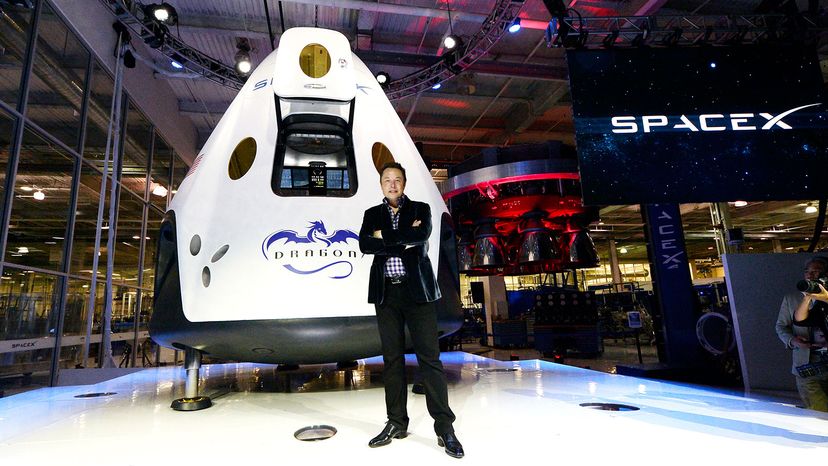
With PayPal out of the picture, Musk was free to pursue a (literally) loftier goal: space. And he had the money to do that. Disappointed that NASA had no plans for a manned mission to Mars, he dreamed up a project called Mars Oasis, which would create a greenhouse on the Red Planet. As part of that otherworldly concept, he co-founded SpaceX in 2002, a company meant to make space travel more practical.
SpaceX was born in part after Musk did the math and realized that space missions would be much more affordable if someone could develop a dependable and reusable rocket system. So, that’s exactly what he set out to do. In 2020 alone, SpaceX flew a record 26 Missions, 22 of those using refurbished rockets. And it booked its first paying passenger to the moon in September 2018.
Musk intends to establish a self-sustaining colony on Mars one day, but it appears going to the moon will be first. SpaceX landed a $2.89 billion contract with NASA to put the first astronauts on the moon in the 21st century, beating out rival company Blue Origin.
6: Revolutionized the Auto Industry
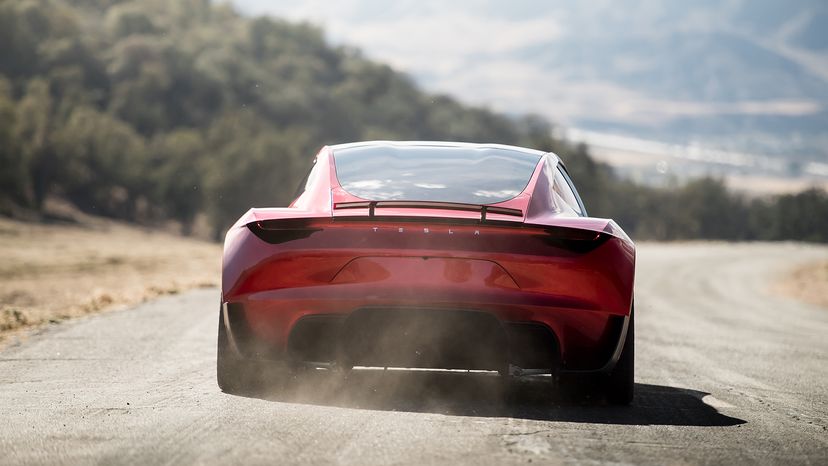
The Tesla Roadster (2008) was the first electronic vehicle to use lithium-ion battery cells and to have a range greater than 200 miles (320 kilometers) per charge. This spurred big automakers to come out with EVs of their own, like the Chevy Volt. In 2015, Tesla launched the first semiautonomous car, a move many of the big automakers have emulated. Since then, Musk has said that Tesla models will have the technology to be fully driverless.
Tesla can also automatically update software in its cars without drivers having to make a trip to a dealership, something legacy automakers might find harder to do since they have a franchise system.
He delivered on affordability, too. Some models, like the Model 3, now start at around $40,000. The company turned its first profitable quarter in 2013, although the next one wouldn’t happen until 2016.
However, Tesla has also run into problems with Musk, mostly regarding his tweeting. In 2018, a tweet by Musk suggesting he was taking the company private led to a $20 million fine by Securities and Exchange Commission (SEC) regulators and eventually led to him stepping down as chairman. The most recent SEC filing showed his title as “Technoking of Tesla.”
5: Has a Son Named X Æ A-XII
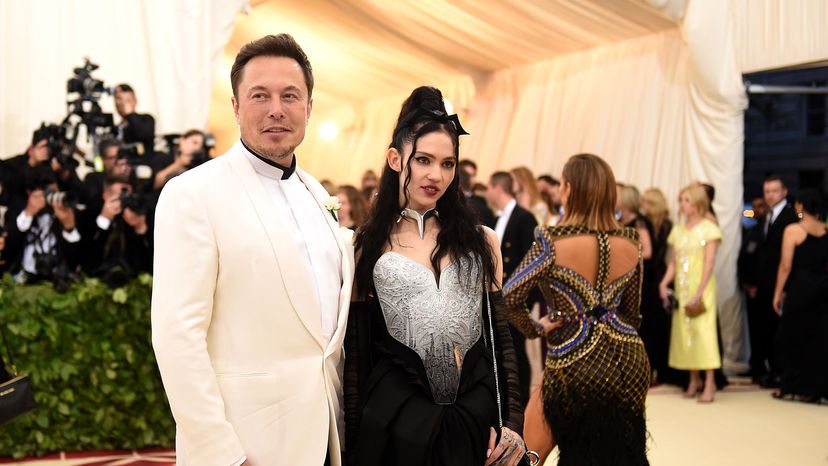
Musk met his first wife, Justine, when they were both enrolled at Queen’s University in Ontario. As PayPal’s success multiplied, they married in 2000. Tragically, their first son, Nevada, died from Sudden Infant Death Syndrome (SIDS) when he was just 10 weeks old.
The two eventually had children with the help of in vitro fertilization, which often produces multiple births. In the Musks’ case, it happened not once, but twice — first they had twins in 2004, and then triplets in 2006, all boys.
Justine Musk, who published three novels during this time, wrote that her husband was manipulative and obsessed with his work. In a Marie-Claire article, she wrote, “‘I am your wife,’ I told him repeatedly, ‘not your employee.’ ‘If you were my employee,’ he said just as often, ‘I would fire you.'”
Following a messy divorce in 2008, Musk began a relationship with English actress Talulah Riley, and in 2010, the two married. Just two years later, they divorced. In 2013, not only did they reconcile, but they got married once again. Perhaps not surprisingly, they divorced for the second time in 2016.
Later that year, Musk started another high-profile relationship, this time with actress Amber Heard. That flame died in late 2017; the next year Musk started dating pop star Grimes. As of this writing, Musk and Grimes are still together raising their baby son, X Æ A-XII. (Yes, that’s his name. Musk says it is pronounced “X Ash A Twelve.” )
4: Only Person to Start Four Billion-dollar Companies
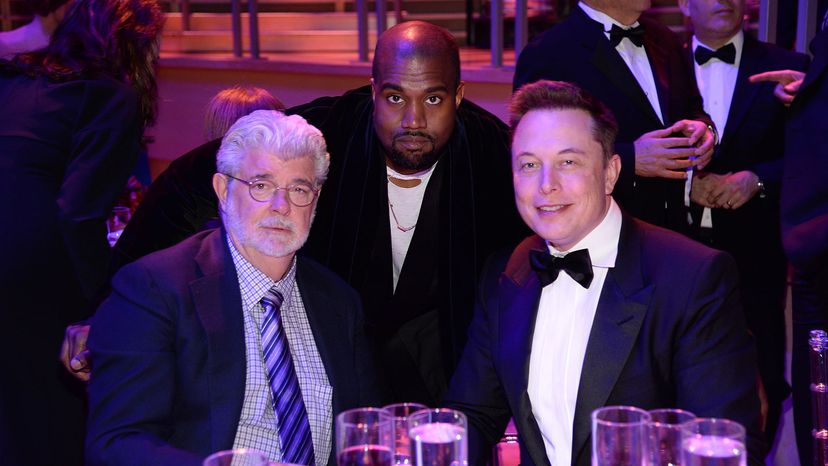
What part of your body would you be willing to lop off just to come up with just a single million-dollar idea? Elon Musk is so business-savvy that he’s created or co-founded not one, not two, not three, but four companies that are worth more than $1 billion each: PayPal, Tesla, SpaceX, and SolarCity.
SpaceX is valued at more than $74 billion, and some economists say Tesla’s valuation could soar to $1 Trillion as demand for the EVs skyrocket in China. Tesla acquired SolarCity in 2016 for $2.6 billion in stock. It was originally started by Musk’s cousins and he invested $10 million in it in 2006. SolarCity designs and sells solar panels for residential and commercial purposes. Both Tesla and Solar City share the goal of making sustainable energy more practical and efficient.
Musk knows that charitable causes come with the territory of extreme wealth. He gave $15 million to the Global Learning program, which is meant to help unprivileged children around the world boost basic skills in reading and math.
In the wake of the terrible 2017 Hurricane Maria, he sent huge battery systems that can be powered with solar panels to bring electricity back to Puerto Rico. He also donated hundreds of thousands of dollars of his own cash to the cause.
And he’s joined the ranks of filthy-rich folks who commit to philanthropy. He signed the Giving Pledge, an idea conjured by billionaire investor Warren Buffett, meant to spur more charitable donations. Signing the Giving Pledge means agreeing to leave at least 50 percent of your wealth to charity either during your lifetime or in your will.
3: He’s a Hard Worker — and a Demanding Boss
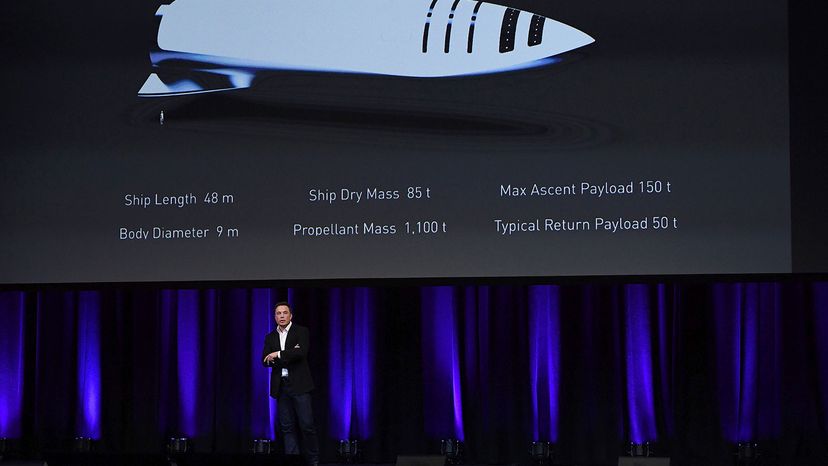
By 2012, Musk’s net worth exceeded $1 billion for the first time. These days, that number is well above $156.9 Billion, putting him around the second richest person in the world, though that fluctuates depending on things like Tesla’s stock price. But Musk doesn’t parade around with enormous expensive personal purchases like yachts. Instead, he buries himself in the office, and he expects the same dedication from his employees, a fact that sometimes leads to controversy.
In Ashlee Vance’s biography of Elon Musk, he recounts a story about a longtime assistant who asked for a raise. Musk told her to take two weeks off during which time he would do her job and see how critical she really was to the team. When she returned, he told her he didn’t need her again. She was offered another position, but left the company instead, no doubt insulted.
At Tesla, allegations of unfair low pay for workers, as well as unsafe working conditions, and mandatory overtime, have surfaced in recent years. Musk has refuted these allegations time and again.
Workers at some Tesla facilities have attempted to unionize and Musk has been vocally against it. In fact, on March 25, 2021, the National Labor Relations Board ruled that Tesla violated labor laws and ordered the company to stop interfering with workers seeking to unionize at one of its plants. The violations stem from the firing of Tesla production associate Richard Ortiz, who also was a union organizer, as well as a 2018 tweet from Musk that said: “Nothing stopping Tesla team at our car plant from voting union. Could do so tmrw if they wanted. But why pay union dues & give up stock options for nothing?” Some Tesla workers said they felt these were intimidation tactics meant to keep them from organizing.
2: Here Comes the Hyperloop
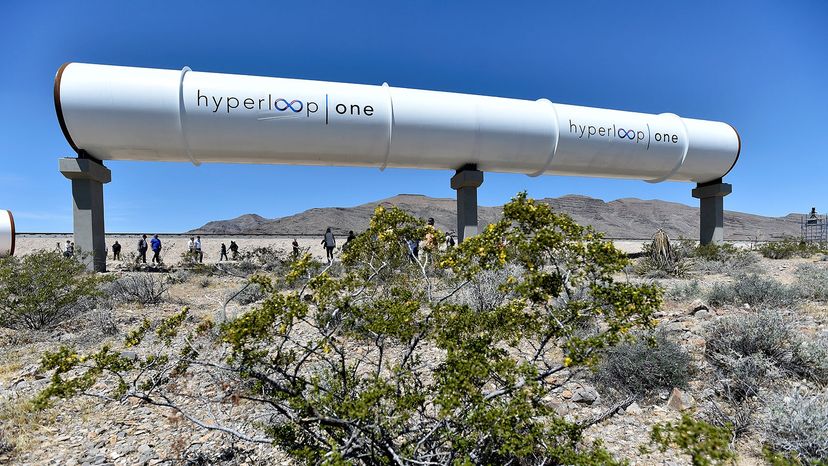
In 2013, with his quirky brilliance at top gear, Musk felt bold enough to unveil the plans for his futuristic Hyperloop, a form of transportation dreamed up by the engineering teams at Tesla and SpaceX.
The Hyperloop concept, which is part of his The Boring Company, is essentially a train inside a big airtight tube. The so-called vactrain would haul people or cargo along a thin cushion of air thanks in part to electromagnets that suspend “capsules” above rails.
In one initial proposal, Musk said the Hyperloop might be used in heavily populated areas like Southern California, zipping people from San Francisco to Los Angeles at speeds approaching 700 or 800 miles per hour (1,126 or 1,287 kilometers per hour), drastically reducing travel times and dodging gridlock that plagues the highways. For instance, someone could go from San Francisco to LA in 85 minutes instead of the six hours it normally takes by car.
Because Musk wants the idea to advance as quickly as possible, he provided the Hyperloop’s plans as open-source, free to anyone who wants to take the technologies and improve them.
Although some people wonder if this project is really economically feasible, several companies, including Virgin Hyperloop, have already made the idea a reality. In November 2020, two Virgin Atlantic employees took the first successful test ride on a hyperloop test facility near Las Vegas, and Virgin says it’s on track to make the hyperloop a reality.
1: He’s Controversial on Twitter
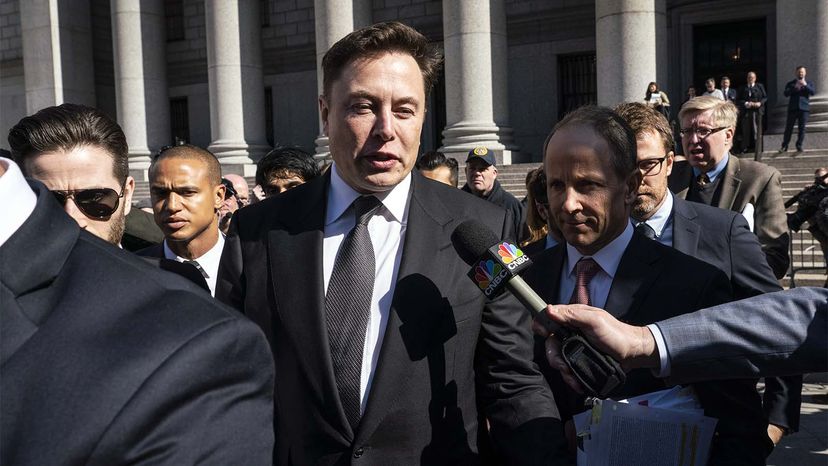
Just like Donald Trump, Elon Musk is famous, or infamous, for his provocative tweets. When the members of a boys’ soccer team in Thailand were trapped in a cave in July 2018, Musk had his engineers work on transforming a liquid transfer tube from a SpaceX rocket into a type of child-sized submarine that could travel through the water in the cave. The Thai government found the vessel impractical, and a British cave diver heavily involved in the rescue effort called Musk’s submarine a “PR stunt.” Musk responded by tweeting that the diver was “a pedo guy”, in other words, a pedophile. After an uproar, Musk apologized. Still, the cave diver sued him for libel.
A similar, though more convoluted scenario happened early on in the coronavirus pandemic when Musk tweeted he’d delivered more than 1,000 ventilators to hospitals in California. Some hospitals never received them, and others received non-invasive BiPAP machines instead of traditional ventilators.
Then there were the tweets about Tesla’s stock we mentioned. To recap, in August 2018, Musk tweeted he was considering taking the company private at $420 a share and he had the funding secured. Right after that tweet, the Tesla stock price went up 11 percent and then fell 7 percent. Two shareholders filed class-action lawsuits in August 2018, saying Musk’s tweet was just a ploy to get the stock price to rise and mess with all the short sellers — people who bet the stock price would fall and make money from buying at a lower price.
For these reasons, the Securities Exchange Commission (SEC) also filed suit for securities fraud, alleging that “in truth, Musk knew that the potential transaction was uncertain and subject to numerous contingencies.” Musk, Tesla, and the SEC came to a settlement without the company admitting or denying wrongdoing. He had to pay a $20 million fine, and Tesla had to pay an additional $20 million fine for not having “disclosure controls and procedures relating to Musk’s tweets.” This money would be distributed to “harmed investors.” As we mentioned, Musk stepped down as chairman of Tesla, though he remains CEO (or Technoking). The company remains public.
Other targets of Musk’s ire have included unions, the press, and certain scientists. When asked about his Twitter attacks, Musk responded to a Bloomberg Businessweek journalist by saying, “If you’re on Twitter, you’re in the arena. And so essentially if you attack me, it is, therefore, OK for me to attack back.” However, he conceded, “If somebody attacks you on Twitter, should you say nothing? Probably the answer in some cases is yes, I should say nothing. In fact, most of the time I do say nothing. I should probably say nothing more often.”
Originally Published: Oct 17, 2018